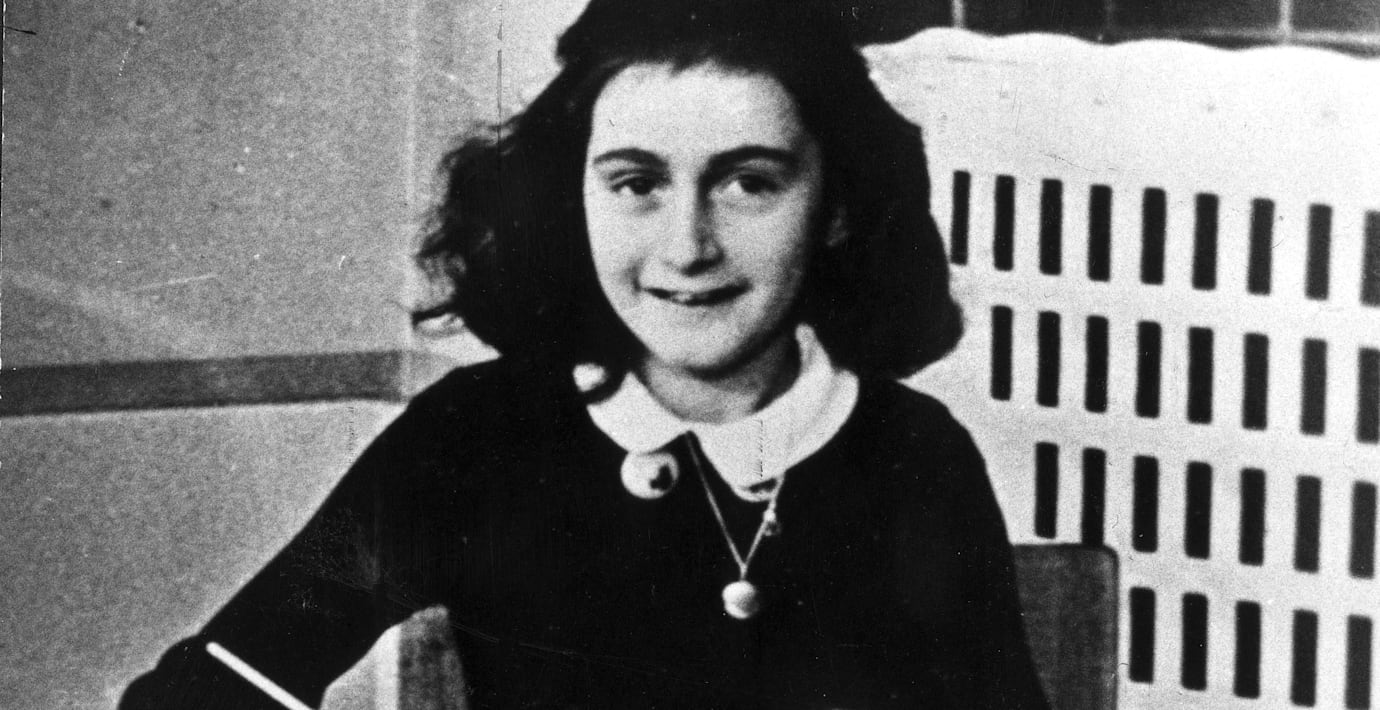
Utredare: Han angav Anne Frank till nazisterna
En notarie vid namn Arnold van den Bergh var den som angav Anne Frank och hennes familj till nazisterna. Det hävdar författaren till en ny bok om fallet, enligt flera medier.
Den tidigare FBI-agenten Vincent Pankoke har undersökt fallet i sex år, och kommit fram till att van den Bergh, som själv var jude, angav Anne Frank för att rädda sin egen familj från att hamna i koncentrationsläger.
Ett av bevisen är att van den Bergh pekades ut i ett anonymt brev till Anne Franks far Otto som skickades efter kriget. Ett annat är att ett deportationsbeslut mot van den Berghs familj drogs tillbaka i samband med att Anne Franks familj hittades, skriver AFP.
bakgrund
Anne Frank
Wikipedia (en)
Annelies Marie Frank (German pronunciation: [ˈanəˌliːs maˈʁiː ˈʔanə ˈfʁaŋk] (listen), Dutch: [ˈɑnəˌlis maːˈri ˈʔɑnə ˈfrɑŋk]; 12 June 1929 – c. February 1945) was a German-Dutch diarist of Jewish heritage. One of the most discussed Jewish victims of the Holocaust, she gained fame posthumously with the 1947 publication of The Diary of a Young Girl (originally Het Achterhuis in Dutch; English: The Secret Annex), in which she documents her life in hiding from 1942 to 1944, during the German occupation of the Netherlands in World War II. It is one of the world's best-known books and has been the basis for several plays and films.
Born in Frankfurt, Germany, she lived most of her life in or near Amsterdam, Netherlands, having moved there in 1934 with her family at the age of four and a half when Adolf Hitler and the Nazi Party gained control over Germany. Born a German national, she lost her citizenship in 1941 and thus became stateless. By May 1940, the Franks were trapped in Amsterdam by the German occupation of the Netherlands. As persecutions of the Jewish population increased in July 1942, they went into hiding in some concealed rooms behind a bookcase in the building where Anne's father, Otto Frank, worked. From then until the family's arrest by the Gestapo in August 1944, Anne kept a diary she had received as a birthday present, and wrote in it regularly. Following their arrest, the Franks were transported to concentration camps. On 1 November 1944, Anne and her sister, Margot, were transferred from Auschwitz to Bergen-Belsen concentration camp, where they died (probably of typhus) a few months later. They were originally estimated by the Red Cross to have died in March, with Dutch authorities setting 31 March as their official date of death. In 1986, the historians David Barnouw and Gerrald van der Stroom wrote in The Diary of Anne Frank: The Critical Edition that they probably died at the end of February or beginning of March 1945, basing this estimate on the written statement of eyewitness Lien Brilleslijper in November 1945. Research by the Anne Frank House in 2015 suggests that they died in February.Otto, the only survivor of the Frank family, returned to Amsterdam after the war to find that Anne's diary had been saved by his secretary, Miep Gies. He decided to fulfill Anne's greatest wish to become a writer and publish her diary in 1947. It was translated from its original Dutch version and first published in English in 1952 as The Diary of a Young Girl, and has since been translated into over 70 languages.
Omni är politiskt obundna och oberoende. Vi strävar efter att ge fler perspektiv på nyheterna. Har du frågor eller synpunkter kring vår rapportering? Kontakta redaktionen